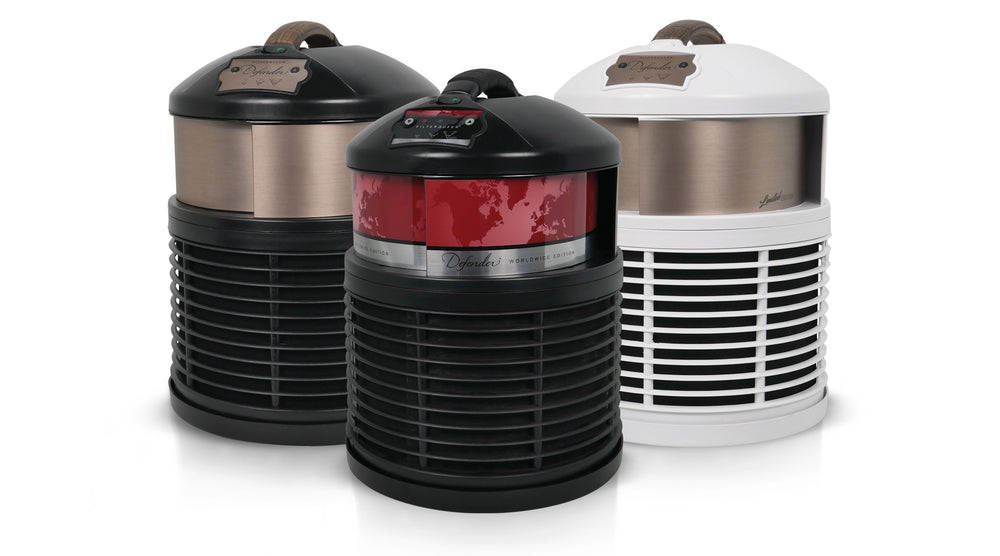Back to school with asthma? Stay healthy the American Lung Association way!

How Parents Can Create an Asthma-Friendly Experience For Their Child
According to the American Lung Association, “Asthma is a leading chronic condition that causes students to miss school, which can directly affect their academic success.” Here are 4 easy steps you can take when going back to school or college with asthma to stay healthy.
1. Make sure the school/college knows your student is at risk for an asthma emergency.
At the beginning of the school year, make sure your student’s School/College Health Inquiry Form includes asthma-related questions. Here are some tips to get you off to a good start:
- New students should contact the principal’s office and become familiar with school policies and resources.
- For college students, they should contact the admission’s office and become familiar with campus policies and resources.
- Returning students should revisit the school’s medication policies and procedures and update any required forms.
- Parents should set up a short informal meeting with classroom teachers, to make them aware of the child’s condition.
- College students should schedule a meeting with resident advisors, with off-campus housing, or the infirmary. Make them aware of the condition.
- The American Lung Association recommends having an Asthma Action Plan on file for each student with asthma.
- The ALA recommends ensuring immediate access to asthma medication
Find more resources for tracking students with asthma in the Maximizing School Health Services section of the Asthma-Friendly Schools Initiative (AFSI) Toolkit.
2. Ensure good indoor air quality (IAQ).
The American Lung Association notes poor indoor air affects the health of students. Indoor air pollutants trigger asthma symptoms. Help keep your students safe by eliminating IAQ problems with an FDA Cleared Class II Medical Device like our FilterQueen Defender. It eliminates many asthma triggers such as mold, pet dander, fragrances, vaping, air fresheners and secondhand smoke.
3. Educate, educate, educate.
While asthma awareness is more common today, many people are unaware at how severe reactions can be. Plus, your student may react stronger to new triggers. Offer asthma education like Asthma Basics, an online course to help make sure the adults understand asthma, and help prevent asthma emergencies.
4. Encourage healthy eating, enough sleep, and physical activity.
When going back to school or college with Asthma stay healthy, practice good nutrition, proper rest, and physical activity. These factors are even more important for students with asthma in order that their immune systems aren’t broken down, leading to larger problems. Again, air purifiers can significantly improve poor indoor air quality, but don’t take our word for it. Check out this Independent Test from Belgium where the FilterQueen Defender outperformed its rivals for purifying the air in a hospital environment.
Find more resources on providing a Healthy School Environment in the AFSI Toolkit.
Is the Defender Air Purifier Right for Your Student with Asthma?



